I've spent the last couple of days updating and extending the alphabet flashcards I used with my class last year. These flashcards coordinate with the Alphabet (Jolly Phonics) posters I wrote about earlier in the week.
There are at least 12 different words for most sounds (a few of the more unusual sounds have fewer than that). When I introduce a new letter, I add these flashcards with words and pictures to our word wall underneath the correct poster.
Having so many different words for each initial sound reinforces both the letter sound itself and children's ability to focus on initial sounds. The flashcards also become a useful resource for the children as they learn their initial letter sounds, practice early writing skills, and eventually begin to write simple sentences.
But - what needed to be changed if I already had the flashcards last year? Well, I've added some additional words, but the most important change I made was border colour.
Originally, I made the letters in a variety of different colours (yellow, blue, green pink, purple, red, etc), alternating as I went along. It made for a lovely, colourful display.
But as great as the colours were, I realised I was missing a teaching trick by not using the border colours to help children differentiate between vowels and consonants. So the vowels are now bordered in red, while the consonants are in blue. This visual cue helps children (when you highlight it for them, over and over again!) to recognise quickly the very important difference between vowels and consonants.
With the most obvious exception of 'c' and 'g' (which make both hard and soft sounds - although the changes in these consonants are controlled by vowels!) and also 'y' (which sometimes functions as a vowel), 'a, e, i, o, u' are the trickiest letters in the alphabet, as well as being the most powerful.
In order to read, children need to know both vowel sounds and vowel names. Many of the phonemes (2 letters to make one sound) we use have at least 1 vowel in them. And if children sound out a word and it still doesn't make sense...it's almost certain that one of the vowels is playing up and making a slightly different sound than expected (generally speaking, consonants are much better behaved!).
As a teacher - and particularly a Kindergarten teacher - there is so much that you need to help your class learn. So any simple visual tricks to remind children of important literacy rules are invaluable. I'm looking forward to using these new colour-coded posters and flashcards this coming year. If you'd like to use them as well, you can find them by clicking on either the picture above or one of the two pictures below (these show some of the resources you'll find in the file - there's a whole other preview page, which you can see if you click on the link that takes you to TPT).
These flashcards also come with 4 different printables (and the printables also come in different versions that save photocopying, once children have learned how to do each flashcard task!). The printables transform these flashcards into a resource that can easily be used in literacy centers, stations, etc. throughout the week.

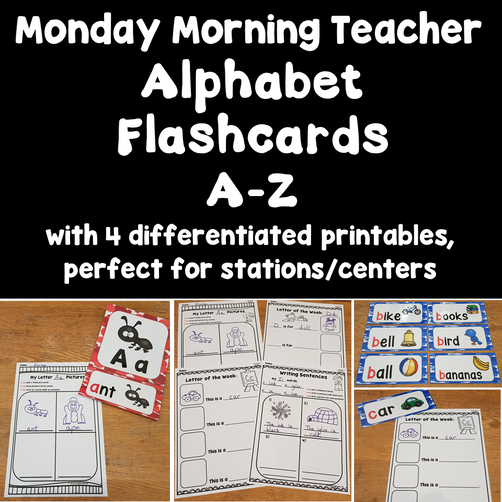
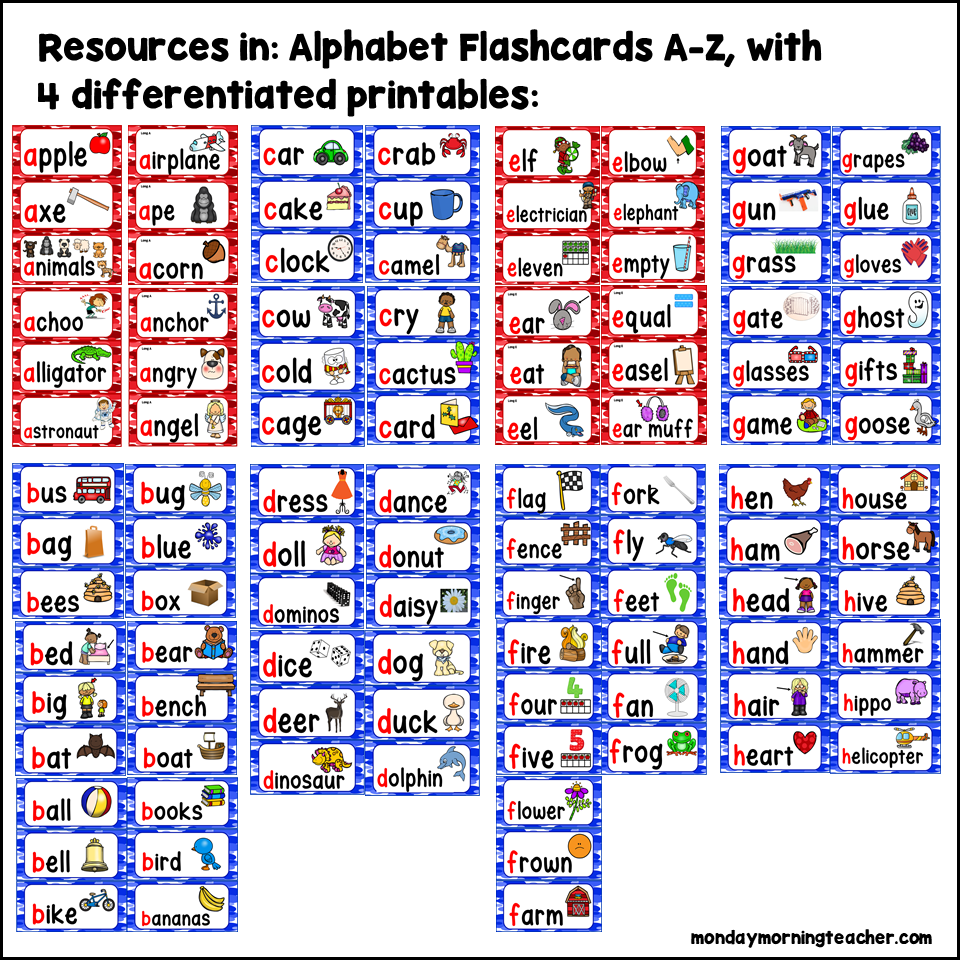
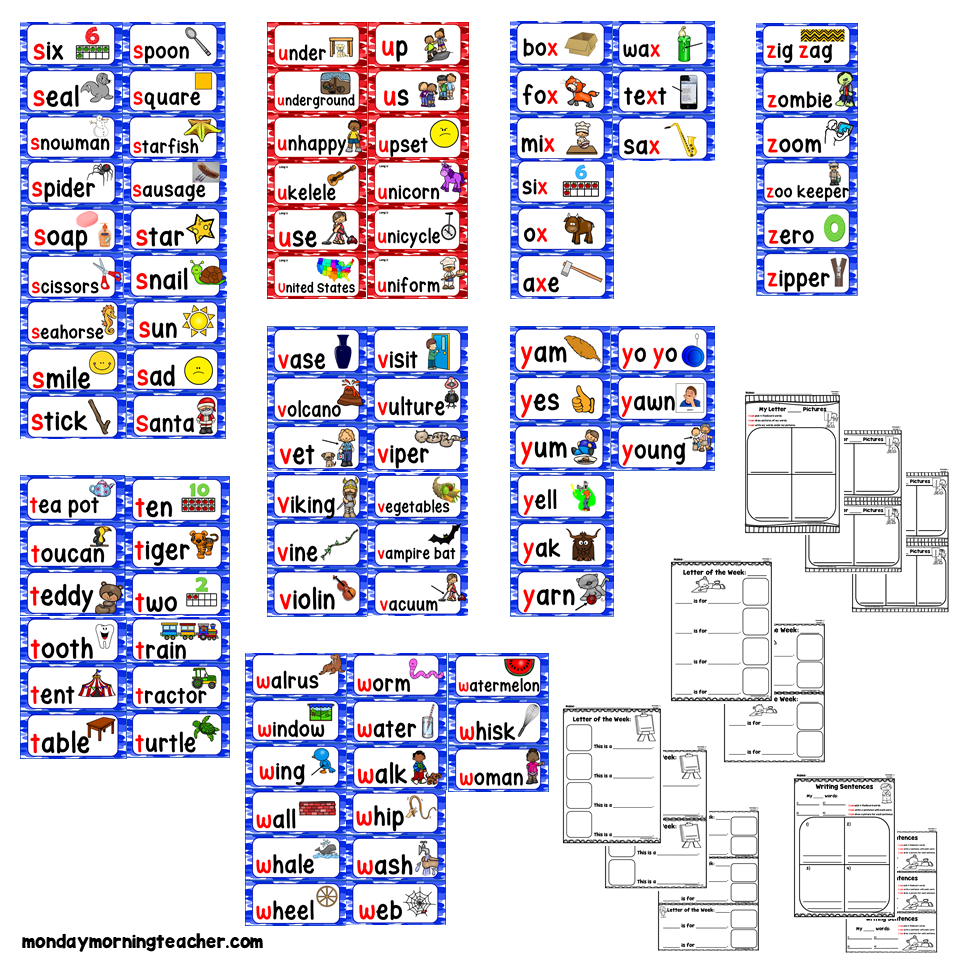
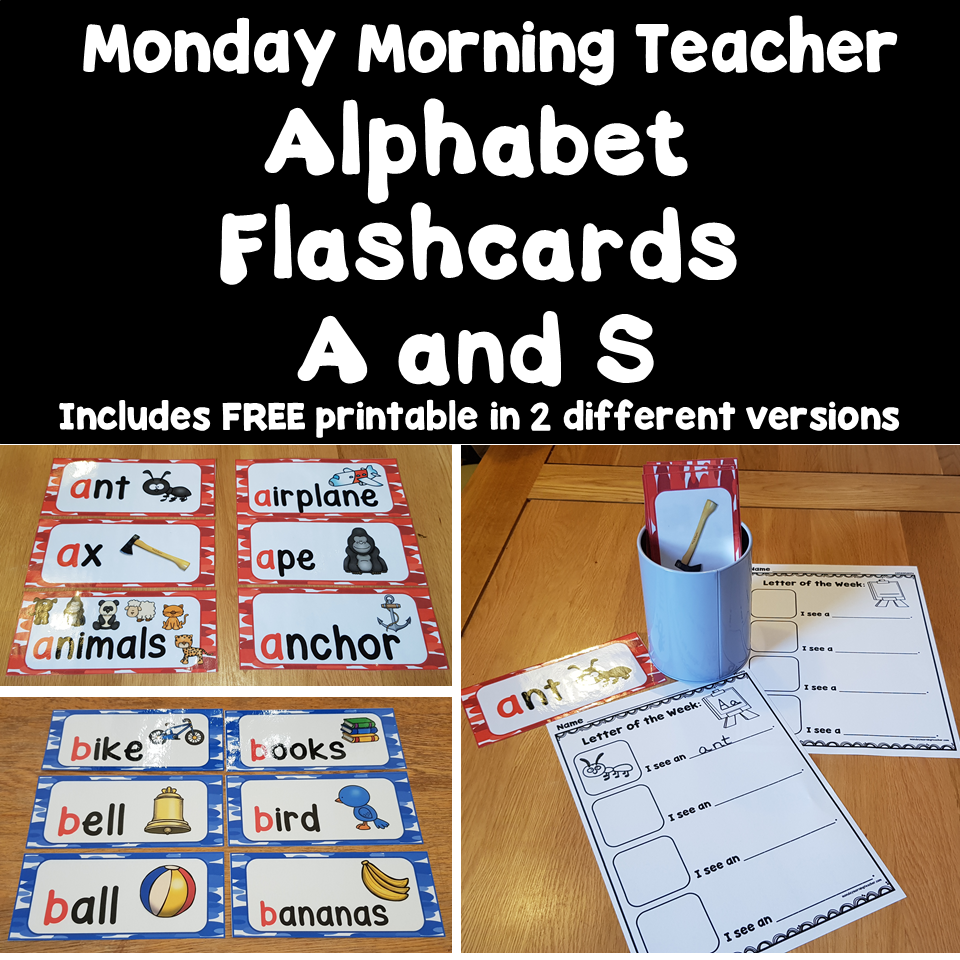
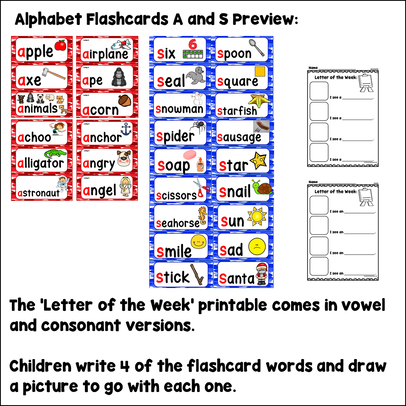


 RSS Feed
RSS Feed